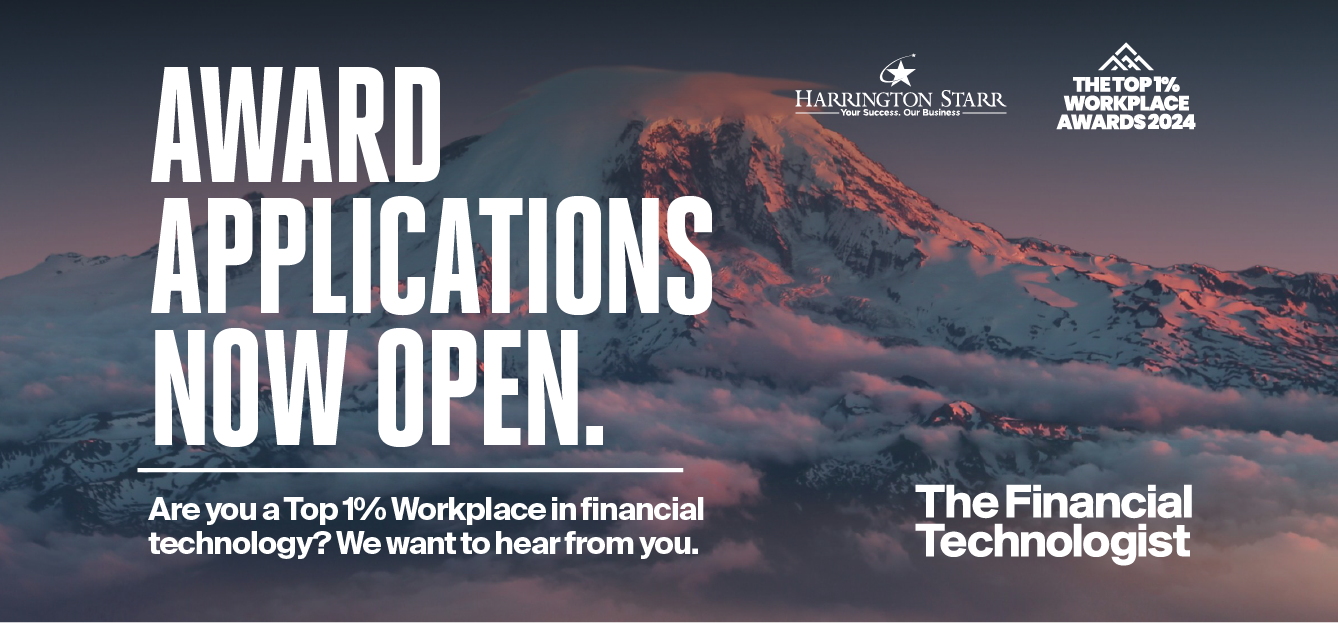The race for talent, a shift to hybrid working, and skills shortages are all forcing organisations to adopt new ways of working, business models and approaches to recruitment and retention. This is especially true in the technology industry, where the demand for specialised roles and skills are evolving at an unprecedented rate.
The explosion of generative AI, adoption of cloud and changing customer expectations are leading to profound changes for business operating models as well as increasing the need for technologies. As these advances are integrated into organisations’ operating models, they are faced with bringing onboard new employees with the appropriate skills, or upskilling/reskilling those already within the business.
It is important that this demand for change is viewed in the context of the challenging current economic environment. While the instinctive response from organisations might be to make changes to the tech workforce to achieve short-term stability, the priority should be on optimising tech talent as part of a longer- term transformational process — aligning workforce strategy with the business strategy using the following key approaches.
Strategic workforce planning
By determining the impacts that emerging technologies will have on both short term and longer- term skillset requirements, organisations can build a view of surpluses and/or gaps. Strategic workforce planning can help realise multiple benefits, including reduced hiring/exiting costs and a de-risked location strategy.
Capability strategy
While the development of technical skills may well be front of mind, businesses are also placing growing importance on ‘soft’ skills such as adaptability, leadership and critical thinking. By understanding key skill requirements, organizations can assess their current capability using skill inferencing technology to identify gaps against their frameworks to enable them to prioritise areas either for new talent or for reskilling/upskilling.
Talent intelligence
Leveraging the global talent market has become a viable strategy for building a sustainable workforce due to the increase in remote working, causing businesses to place their location strategy higher on the agenda. Making choices based solely around cost may lead to concentration risk fuelled by labour arbitrage — resulting in increased competition for talent. Talent intelligence can be successfully implemented by considering the wider business strategy when deciding the optimal location(s) to build skills.
Organisation design
Technology now sits at the forefront of an organisation’s strategy and operations and is often the driving force behind transformational efforts that scale across the business. For this reason, tech teams should be moving from a traditional, siloed approach and are embracing agile or platform-based structures to better enable them to respond to change.
Conclusion
Creating a successful workforce strategy for the tech function begins with directly understanding future talent requirements based on changing demand. Following this, it’s possible to examine which skills are required and whether to bring in new talent, upskill/reskill existing talent or buy in expertise.
Implementing the four aforementioned strategies will allow businesses to create a future-focused and robust technology workforce that can adapt to the rapidly-changing market and external pressures.
Read more articles like this in The Financial Technologist. Download your free copy here.
